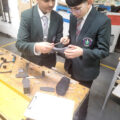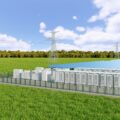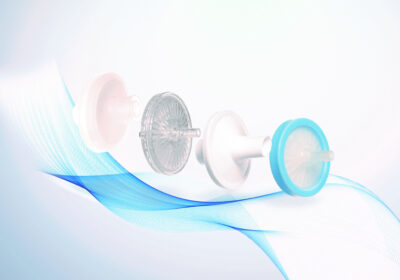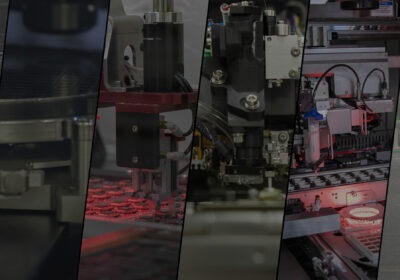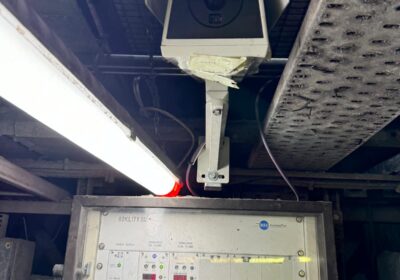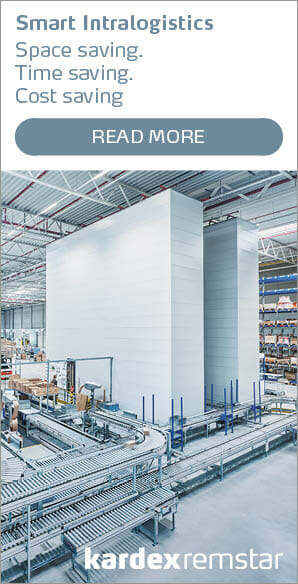When metals are powder coated, excess powder can gather against the edge of the masking material that creates a rough edge or ‘burr’. Burrs can present challenges when parts are assembled and can affect the aesthetic appeal of the surface.
The traditional masking process can result in burr formation that requires a de-burring process to get rid of the excess powder. This process can add time and cost to the project, and sometimes aluminum can get damaged because of the force that is applied to perform de-burring.
At Powdertech Surface Science, it is important to understand customers’ specifications and the performance requirements of their components, before offering the correct masking option, including:
3D masking technique for intricate components –
To provide a higher level of accuracy in powder coating on low volume complex parts 3D masks, designed on CAD, are used. As 3D masks are removed before curing, no burrs form. Through the application of 3D masking, the de–burr process is avoided altogether, saving time and retaining product quality.

Bespoke Bungs for higher volume components –
With high volume components there is a need to mask areas quickly, while ensuring burrs do not form. Flexible high temperature masks are designed on CAD and made in moulds. The mask design, part orientation and spraying parameters ensures that burrs do not form.
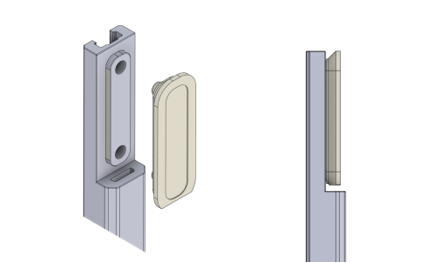
Powdertech Surface Science aims to work in parallel with their customers’ manufacturing processes and production timelines. It is vital for them to take the time to understand the performance requirements of their customers’ components. Powdertech’s engineering team has many decades of experience, both in producing finishing specifications and selecting and designing the right masking scheme. This can be the key to ensuring that machined components meet aesthetic and performance standards, while moving through the finishing process within time and budget.
Get in touch with one of the engineers at Powdertech Surface Science to discuss your requirements.
[JP1]I think this is a 3D mask, better to use above

